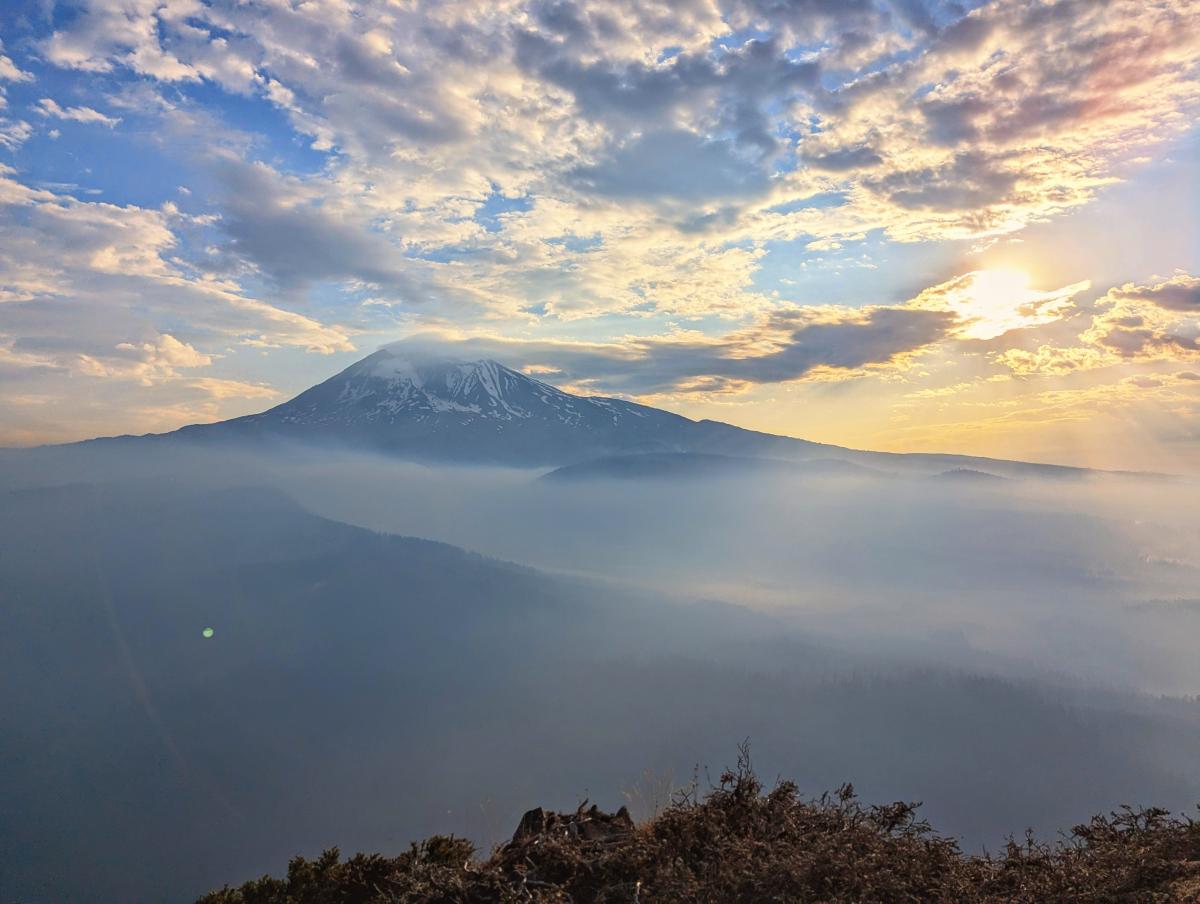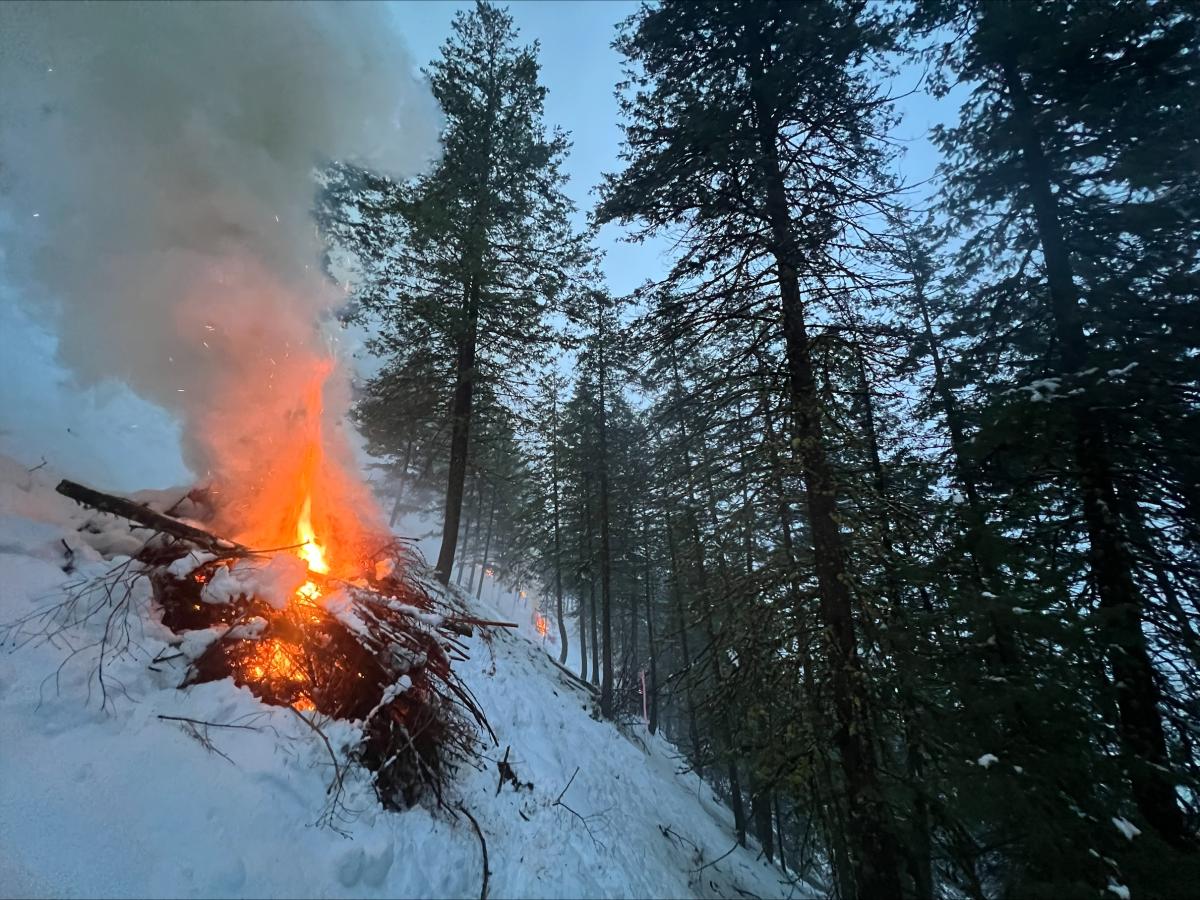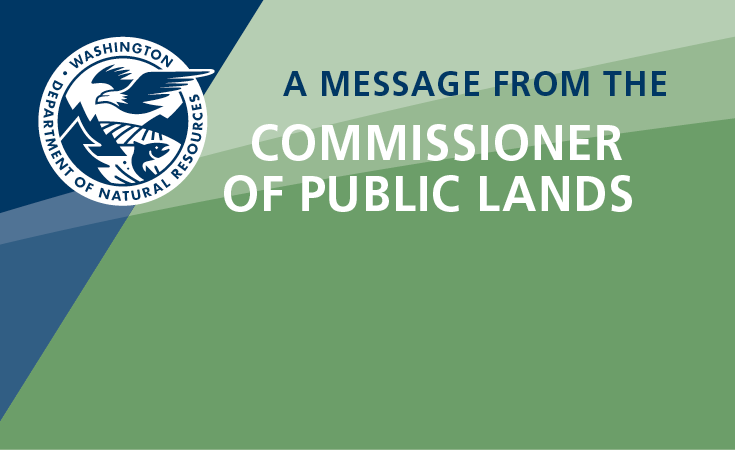Smoke Resources
Current Air Quality
Smoke Resilience
Smoke can seriously affect health, especially for high-risk individuals. This includes people with lung or heart disease, children, older adults, and pregnant women. Even otherwise healthy individuals should try to reduce their exposure to smoke. For comprehensive information on the topic, please see the Washington State Department of Health page on staying safe from smoke.
If conditions are smoky, here are some steps you can take to lower your exposure:
-
Stay updated on current and forecasted air quality.
-
Limit duration and intensity of outdoor activity.
-
Maintain cleaner indoor air with the following steps:
-
Keep windows closed unless it’s too hot to safely do so.
-
Filter the air using an HVAC system with the highest possible rated MERV filter, HEPA portable air cleaner, or DIY box fan.
-
Start small and create a cleaner air room.
-
Don’t add to indoor air pollution. If possible, avoid candles, incense, sprays, air fresheners, broiling/frying food, gas stoves, smoking, or vaping.
-
Open the windows again only when outdoor air quality improves.
-
-
If you cannot keep your indoor air clean, consider traveling for some relief in cleaner air spaces such as a public building or friend’s residence.
-
Smoke often occurs during the hottest times of the year. Learn how to stay safe during smoke and extreme heat.
-
If you must go outside, consider wearing a properly fitted N95 mask. Surgical or cloth masks will not provide protection from smoke particles.
Learn how to make your own filter fan:
Additionally, smoke episodes can affect mental health. See Coping with the Stress of Wildfire Smoke (EPA) for additional guidance.

Wildfire Smoke
Smoke from wildfires can arrive suddenly, sometimes traveling hundreds of miles across state and international borders. Supplies such as air filters, fans, and masks are often in short supply once a smoke event begins. With that in mind, it is important to prepare for smoke before it arrives and monitor wildfire activity and smoke forecasts throughout the season.
DNR forecasters are key contributors to the Washington Smoke Blog, an interagency collaboration effort providing frequent statewide smoke updates during wildfire season. Additionally, Local Smoke Outlooks issued by Air Resource Advisors provide more detailed forecasts for communities near active wildfire incidents. Lastly, the Department of Ecology Air Quality Map offers year-round AQI forecasts using a combination of computer modeling and manual adjustments.
Prescribed Fire Smoke
Prescribed fire is a critical tool that can reduce built-up vegetation, lower the risk of high-intensity wildfire, and restore natural habitats for wildlife. Smoke from prescribed fire is typically less widespread and shorter-lived than wildfire smoke, and is usually most noticeable in the immediate area of the burn. Because prescribed fire typically occurs outside of wildfire season, it’s important to be prepared for smoke year-round.
If you live near US Forest Service or DNR managed lands, follow your local USFS or DNR offices on social media to stay up to date on prescribed burns in your area. Another option is to check the DNR Burn Portal where planned large burns are identified on a calendar and a map. Watch Duty can also be a useful platform to find burn updates.
DNR meteorologists and forecasters work to limit the impacts of prescribed fire smoke on Washington communities by implementing the Washington Smoke Management Plan. This involves monitoring air quality, interpreting weather data, and making forecasts that help inform ignition decisions for certain prescribed fires. DNR hosts a smoke coordination call on Teams at 9:00 a.m. every Monday and Thursday during prescribed burn season, typically September to June. DNR staff shares information on upcoming weather and ventilation conditions which helps burn practitioners proactively select a time window when smoke impacts from their burn will be minimal.
Not all types of outdoor burning are regulated by DNR. DNR specifically oversees silvicultural activities, including burning logging slash/debris piles and forest understory burns for ecological and/or wildfire mitigation purposes. Other types of burning (residential, land clearing, agriculture) are primarily regulated by other agencies, namely the Department of Ecology or Local Clean Air Agencies, depending on the location. The Tribes of Washington regulate prescribed burning on tribal land.
If you believe that smoke from silvicultural burning activities is causing an unreasonable impact at your location, you can submit a Smoke Complaint. If you want, a DNR representative can follow up with you to discuss the situation.



